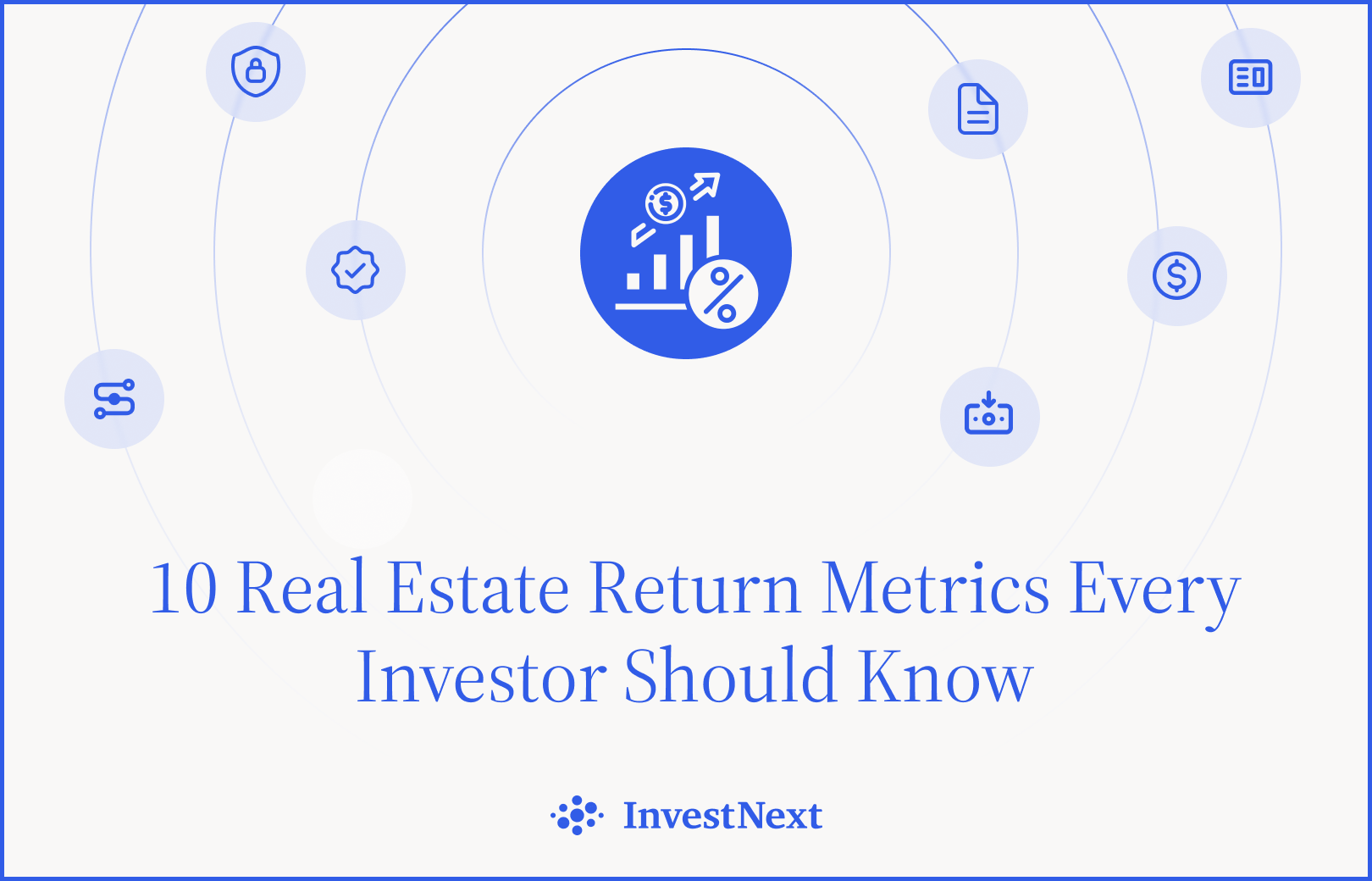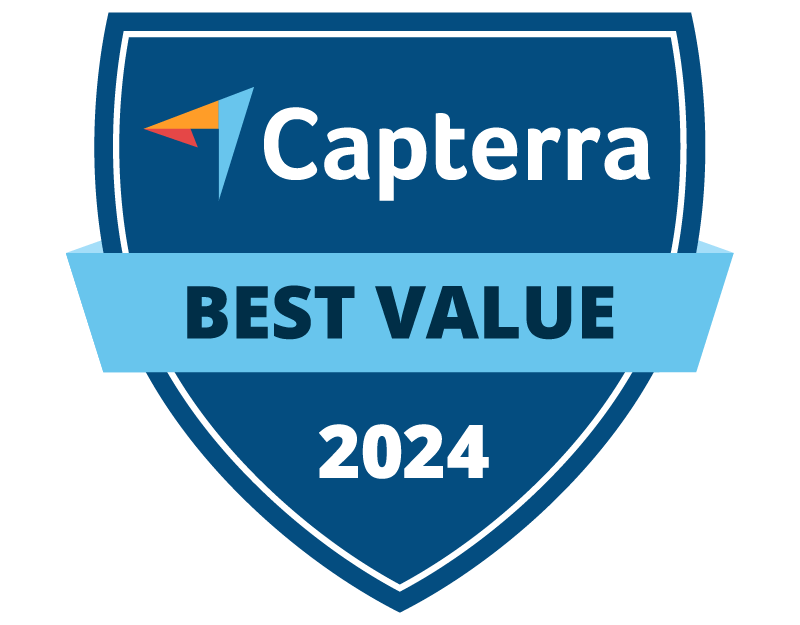Commercial real estate is by far the world’s largest asset class and is considered the most valuable investment vehicle over stocks, shares, and bonds combined. In the U.S. alone, the market is valued at $70.1 trillion, and as more and more investors find themselves involved in the real estate investing mix. However, in order to be part of the industry of guaranteed returns from income and capital appreciation, you must be familiar with and participate in the commercial real estate underwriting process.
Real Estate Underwriting: How Underwriting Works
Underwriting is a key process in commercial real estate investments, effectively determining the potential risk in acquiring new property. Underwriting is a crucial piece that can’t be missed as it will help to create insurance premiums, borrowing rates, and investment risk prices.
An underwriter specific to the commercial real estate takes on the same process as any normal underwriter, except with a few key differences.
The underwriter will provide a projection of a property’s future potential cash flow cap rates and operating income. Many elements will affect their calculations, including location and anything that could risk any gains from the property. When you locate a property of interest and decide to purchase it for your portfolio. You’ll then follow these real estate underwriting steps.
1. Appraisal
The appraisal process entails having someone look over the property to determine its condition and value. You want to ensure the property is worth the listing price.
Appraising a property includes researching the property’s history, analyzing the land value, prior sales, etc. Looking for past selling prices, updates, and property tax assessments.
There are three approaches to an appraisal: The income Approach, the Cost Approach, and the Sales Comparison Approach. Based on the property being assessed, the applicable approach will be used.
2. Capitalization Rates
Capitalization rates are crucial in determining whether a property is a sound investment. Cap rates forecast the rate of return on a commercial real estate property by dividing the net operating income (NOI) by the property’s asset value.
3. Net Operating Income
Net operating income is a metric used to determine the property’s profitability. The NOI is calculated annually by the income generated from the property minus the operating expenses. NOI includes rents and services like a private garage in a multi-unit dwelling or other amenities.
4. Pro Forma
The Proforma in commercial real estate are the projected rents you expect to collect on your acquired units. Income, costs, and debt payment are the three elements of a standard pro forma. Each is calculated based on a mix of past operational data, growth expectations, and current market data.
5. Vacancy Allowances
On a real estate pro forma, a vacancy allowance is a line item that accounts for the property’s predicted vacancy. The particular amount is determined by the property type as well as the underlying market’s supply and demand characteristics.
The vacancy allowance established during underwriting may be larger or lesser than the property’s current actual vacancy rate.
There’s no guarantee in real estate investing that units will always reach full occupancy. You’ll need to conduct a study of rental trends in the area.
6. Operating Expenses
You’ll need to calculate the anticipated cost of operating the property. This includes payments to investors, insurance, taxes, maintenance, and property management services. Offset these expenses from anticipated income to determine which are the best investments.
Underwriting is one of the numerous processes that must be completed before launching into real estate investing. While managing investors and tracking commitments. Excel sheets, and manual data-input methods deem ineffective in managing the entire life-cycle of your syndication.
How will you regulate your portfolio?
InvestNext is a full-service investment management software that allows you to efficiently oversee all aspects of your capital raise in one place. From same-day ACH transactions to waterfall calculations, impress your investors with stylish deal rooms and a clean-cut easy-to-use investor portal.
Schedule a demo today to see how our team can help you to welcome the next level of raising capital.







